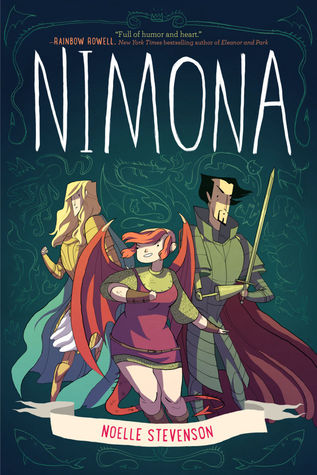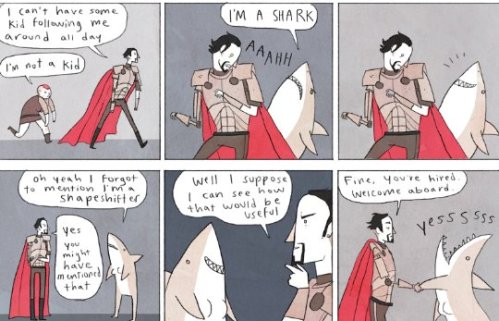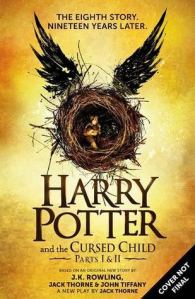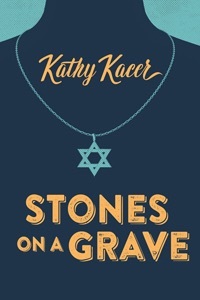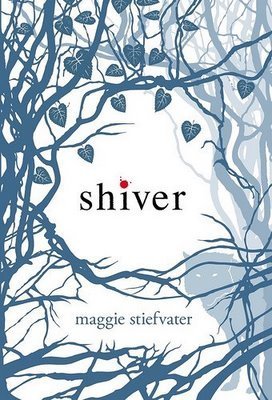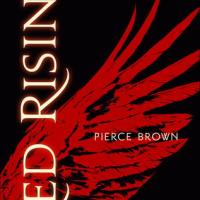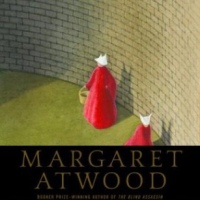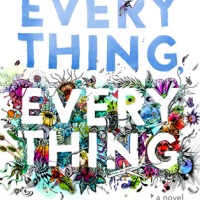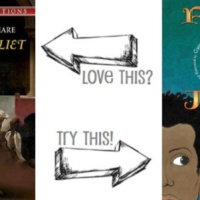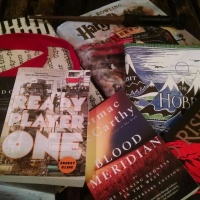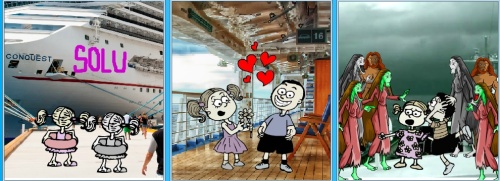
Chubby bffs go on weight loss cruise; one crushes on sweetner drug, the other crushes on human boy; sweetner makes chubsters into addicted murderous zombies
Readers, I just finished the most FAB book and I cannot wait to sing its praises! I got Emmy Laybuourne’s SWEET in a recent book haul from my generous Grad professor and my expectations could not have been lower. I mean, it sounded positively ridiculous.
Solu’s luxurious celebrity-filled “Cruise to Lose” is billed as “the biggest cruise since the Titanic,” and if the new diet sweetener works as promised—dropping five percent of a person’s body weight in just days—it really could be the answer to the world’s obesity problem. But Laurel is starting to regret accepting her friend Viv’s invitation. She’s already completely embarrassed herself in front of celebrity host, Tom Fiorelli (otherwise known as the hottest guy ever!) and she’s too seasick to even try the sweetener. And that’s before Viv and all the other passengers start acting really strange.
But will they die for it, too?
Tom Fiorelli knows that he should be grateful for this job and the opportunity to shed his childhood “Baby Tom-Tom” image. His publicists have even set up a ‘romance’ with a sexy reality star. But as things on the ship start to get a bit wild, he finds himself drawn to a different girl. And when his celebrity hosting gig turns into an expose on the shocking side effects of Solu, it’s Laurel that he’s determined to save.
The novel is a satire, making fun of… well, everything. The absurdity of our society’s obsession with weight and weight-loss; the danger of trusting that the things you’re ingesting are safe without doing your own research; the severity of addiction and how easily it happens; the ability to find love in unlikely places. It would be easy to read SWEET and think it’s just a ridiculous depiction of an impossible occurrence; undoubtedly, the premise of this novel is whackadoodle, but then again, is it?! Yes, Laybourne’s depiction is severe and unlikely, but far from unimaginable! The wonder drug, Solu, promises dramatic and almost instantaneous weight loss, something that I’m 100% certain real people would sign up for STAT, not just the fanatics in the novel.
Laybourne’s humor is present throughout the novel and it’s impossible (well, it was for me, at least) to read any of it without fully grasping the message, “people are CRAZY!” The story is told from the swapping perspectives of the main characters, Laurel and Tom. Laurel is a beautifully optimistic depiction of a seventeen-year-old, slightly overweight girl. She’s happy with her body, she loves her curves, she has a healthy relationship with her best friend, and aside from not being rich, she has no overwhelming resentments towards her parents! Can you believe that?! An emotionally un-scarred teen. It’s about gal-darned time!!
The first half of the book is comical, focusing on the budding love story and making fun of, again, everyone. About halfway through, though, things get so stinking REAL! S**t hits the fan in the most improbable way, and Laybourne doesn’t spare her readers any of the gory details. For me, this was an utter delight! Gross me out, girl! Give me the creeps! But for others who are not fans of horror or thriller stories, this may get a bit too heavy for you. I sincerely hope not, because this book deserves to be read by any and all. As vivid as the details were, it only emphasizes Laybourne’s point. How far will people go to be thin? Addiction is not glamorous; in the face of disaster, dignity and social status cease to mean anything. And at what point do you stop considering a person to be a person?
I adored this book. So much fun! It was a quick read, being just 250 pages, and I was utterly enthralled the whole time. This book will live in my classroom library and I’ll be sure to place it in the right hands. This could be a really poignant read for teen girls dealing with self-image and needing some perspective, but I’m in no need of body image reassurances and I got the biggest kick out of this book, so I’d also suggest it to my young readers who just love a good thrill.
I immediately texted Hannah upon finishing it and begged her to read it. We’ll see if she takes the bait. And sidebar, the book ended on a note that could totally mean there will be another book so let us all hope for the best.
Has anyone else read SWEET? I’ve not seen anyone talking about this book and I’d love to know if I’m alone in my adoration. Next up for me is Feed by M. T. Anderson. Join me, won’t you?

